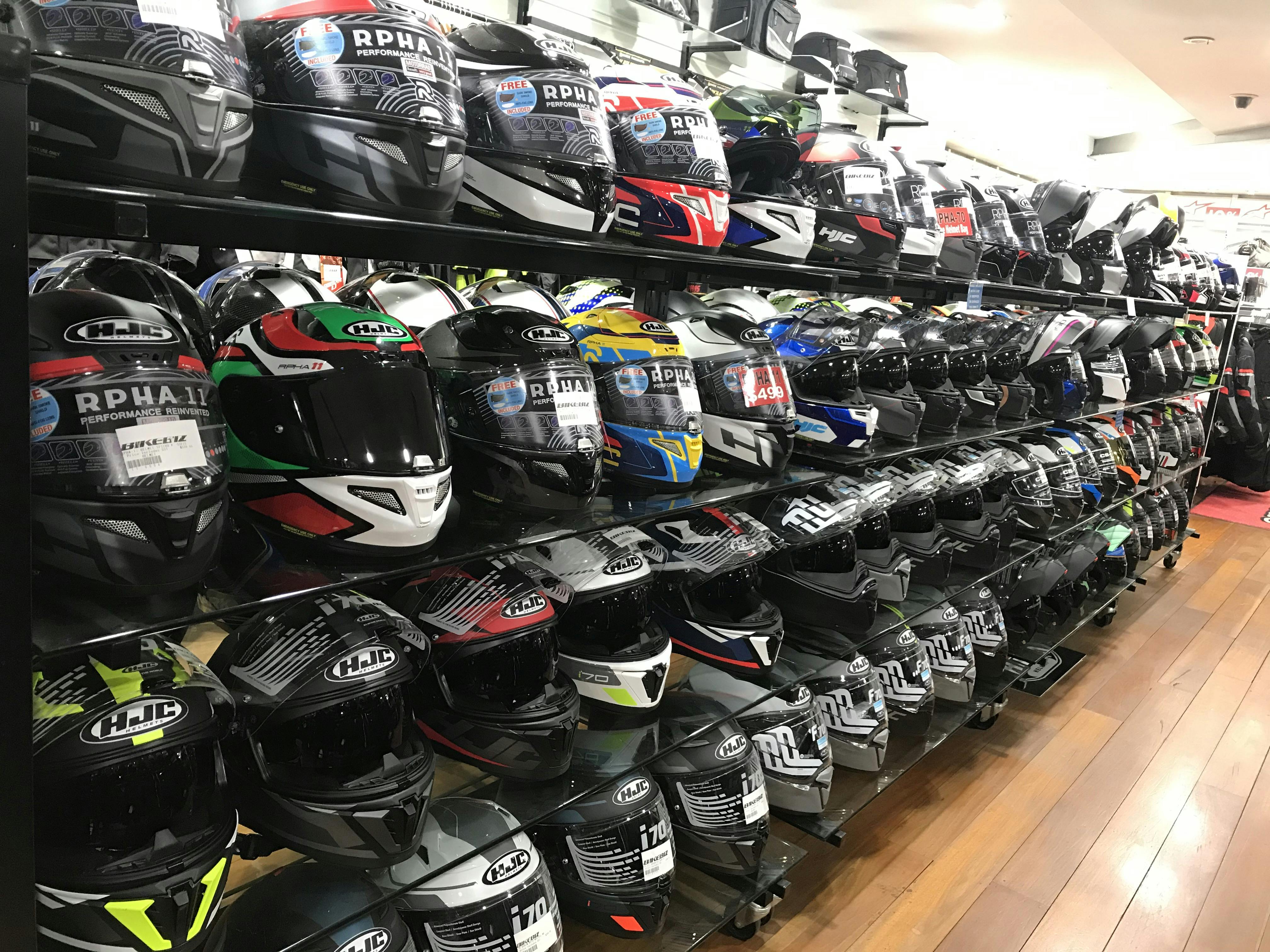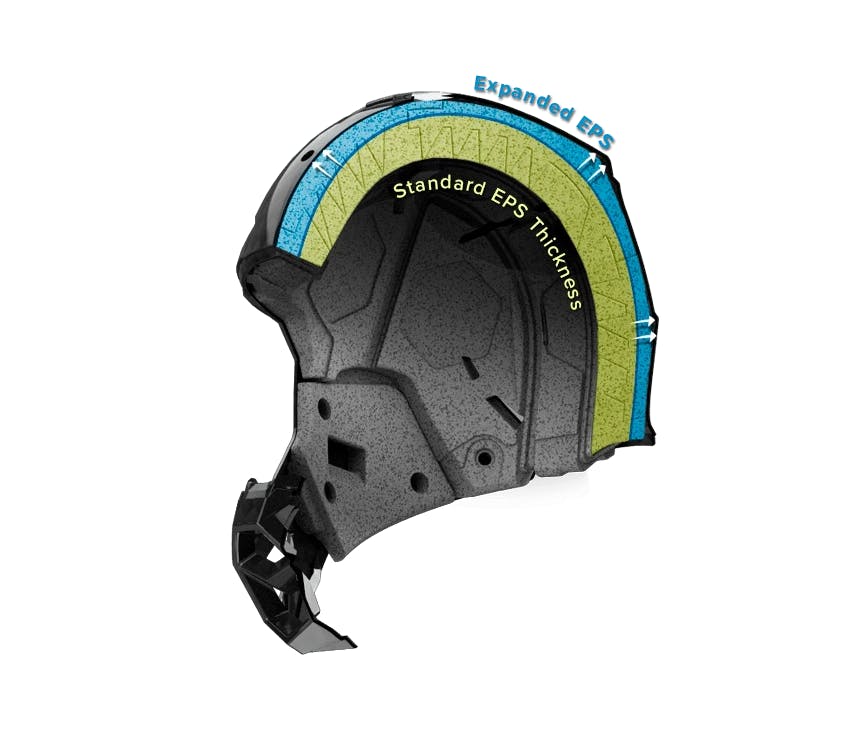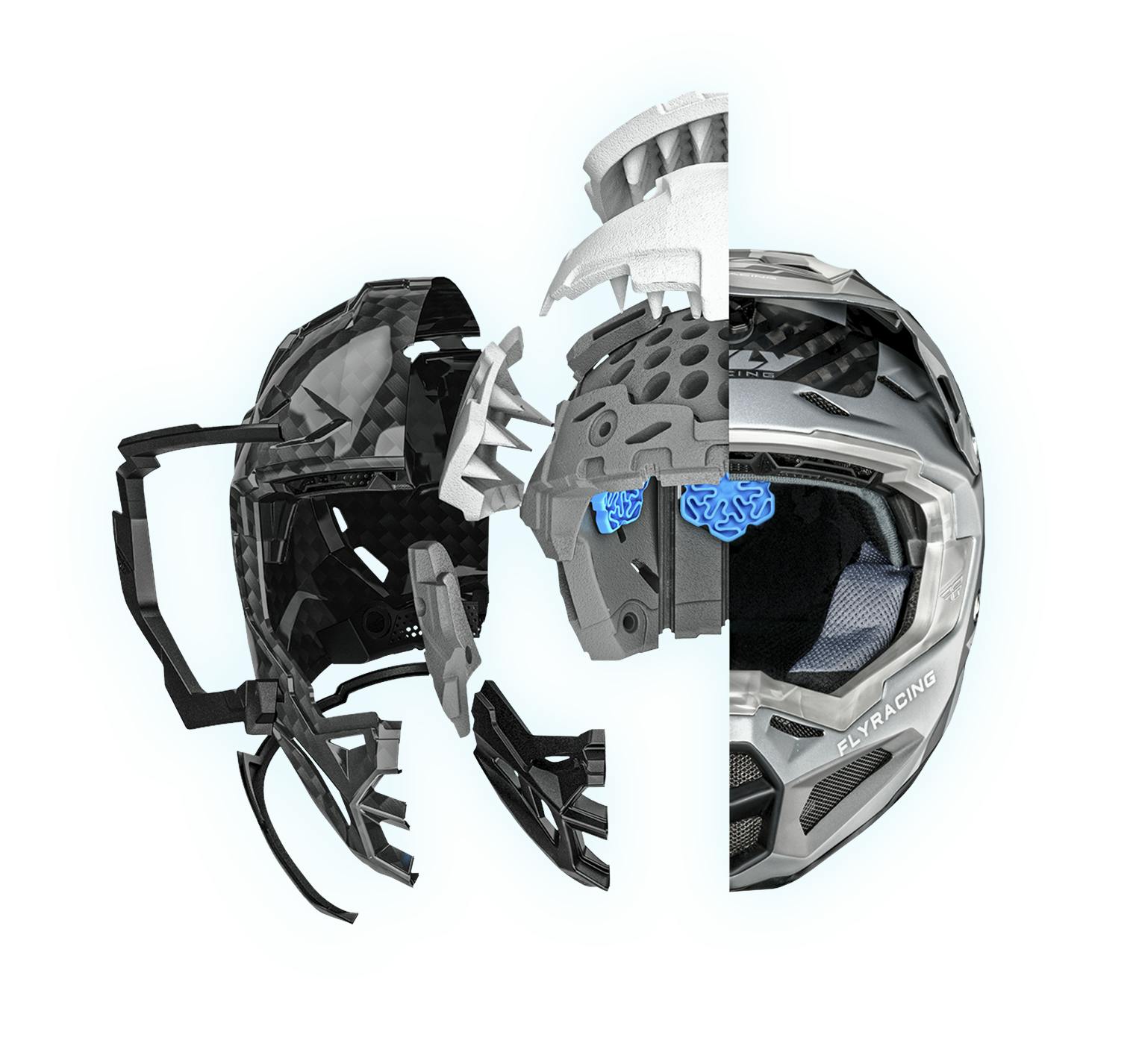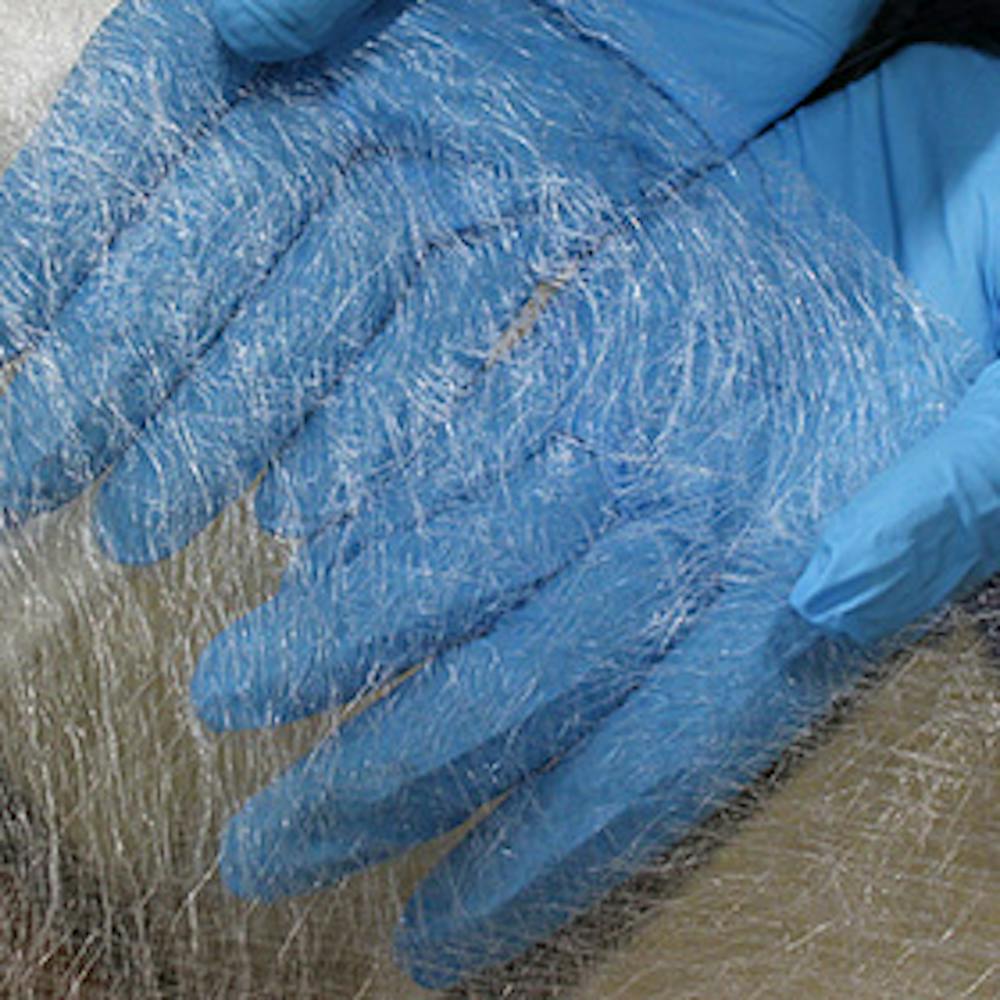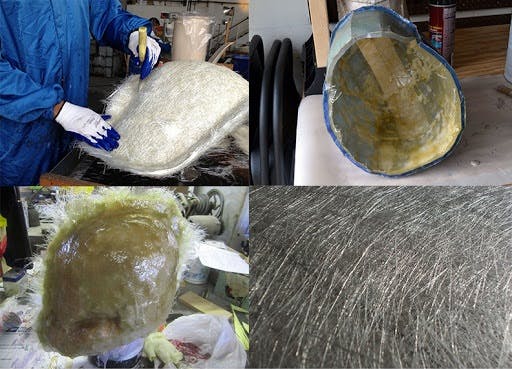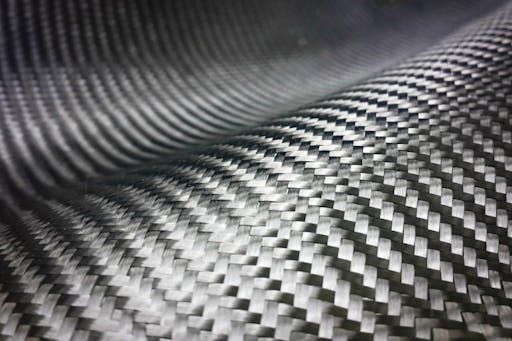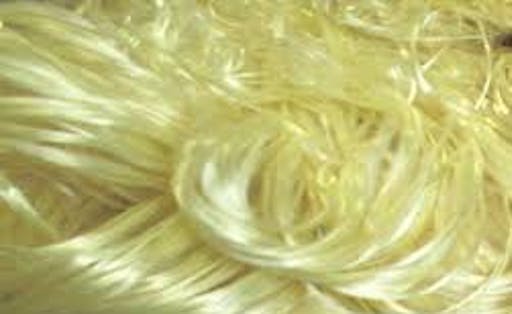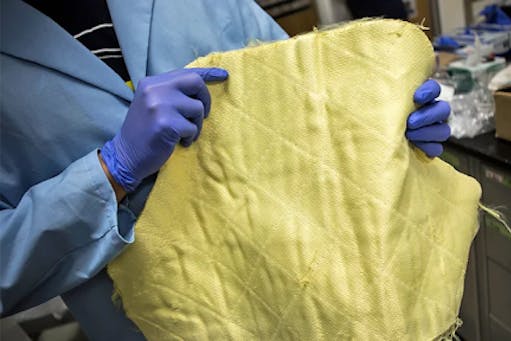Riding Gear
Road Gear
MX Gear
Adventure Gear
General Information
Brands
Contact
More Information
Back
Used Motorcycles
Want to sell your used motorcycle?
Back
Road Gear
View allBoots
Clearance
Helmets
Jackets
Pants
Thermal
Wet Weather
Casual Wear
Gloves
Intercoms
Leather Suits
Protection
Visors & Goggles
Back
Leather Suits
View allBase Layers
One Piece Leather Suits
Two Piece Leather Suits
Women's Leather Suits
Back
Protection
View allBack Protection
Chest Protection
Ear Protection
Elbow Protection
Full Body Protection
Knee Protection
Shoulder Protection
Back
Protection
View allBack Protection
Chest Protection
Ear Protection
Elbow Protection
Knee Protection
Neck Protection
Protective Undergarments
Shoulder Protection
Socks
Torso Protection
Back
Shop by Category
View allBearings & Seals
Body
Brakes
Clutch
Drive
Electrical
Engine
Exhausts & Performance
Fluids & Consumables
Foot Controls
Hand Controls
Lighting & Electrical
Luggage
Mirrors
Plastics
Protection
Security
Service & Maintenance
Storage & Transport
Tyres & Wheels
Back
Body
View allBlanking Plates & Frame Plugs
Bolt Kits
Breather Vents
Fairings
Fender
Fluid Reservoirs & Caps
Fuel Caps
Screens & Shields
Seats & Covers
Swingarm Spools
Tail Tidy
Back
Drive
View allChain & Sprocket Kits
Chain Adjusters
Chain Guides
Chain Rollers
Chains
Front Sprockets
Rear Sprockets
Back
Electrical
View allBatteries
Battery Chargers
Electrical Accessories
Fuel & Ignition Tuning
Hour Meters
Starters
Switches
Back
Engine
View allBearings & Seals
Big Bore Kits
Camshafts
Carburettor Parts
Conrods
Covers
Crank Kits
Cylinders
Engine Accessories
Gasket Kits
Hoses
Oil Filler Cap
Performance Heads
Piston Kits
Spark Plugs
Back
Exhausts & Performance
View all2 Stroke Pipes
2 Stroke Silencers
3/4 Exhausts
Baffles & Inserts
Clamps & Hangers
Exhaust Accessories
Exhaust Plugs
Exhaust Springs
Full Exhaust Systems
Headers
Link Mid Pipes
Power Commanders
Slip On Exhausts
Back
Fluids & Consumables
View all2 Stroke Oil
4 Stroke Oil
Air Filter Oils
Brake Fluid
Chain Lube & Clean
Coolants
Fork Oil
Gear Box Oil
Maintenance & Service
Back
Foot Controls
View allBrake Pedals
Foot Peg Mounts
Foot Pegs
Gear Levers
Kick Start Lever
Quick Shifters
Rear Sets
Back
Hand Controls
View allBar Clamps
Bar End Adaptors
Bar Ends
Bar Pads
Clutch Cables
Grip Accessories
Grips
Handguards
Handlebars, Mounts & Risers
Heated Grips
Levers
Throttle Cables
Throttle Kits
Triple Clamps
Back
Lighting & Electrical
View allBulbs
Headlights & Guards
Indicator Adaptors
Indicator Wiring Kits
Indicators
Light Mounts
Lighting Accessories
Running & Drive Lights
Tail & Brake Lights
Back
Luggage
View allFitting Kits
Panniers
Phone & GPS Mounts
Racks
Saddlebags
Tail Bags
Tank Bags
Top Boxes
Backpacks
Gear Haulers
Back
Plastics
View allDisc Guards
Fender
Fork Guards
Front Plates
Fuel Tanks
Ignition Cover
Mud Flaps
Plastic Kits
Radiator Shrouds
Side Covers
Swingarm Sliders
Back
Protection
View allAxle Sliders
Bash Plates
Chain Guards
Crash Bars
Engine Covers
Exhaust Guards
Fork Protectors
Frame Sliders
Radiator Guards
Sprocket Covers
Tail Sliders
Tank Protectors and Pads
Dash Protectors
Back
Service & Maintenance
View allAir Box Covers
Air Filters and Kits
Oil Filters and Kits
Pick Ups
Stands
Tools
Back
Storage & Transport
View allBike Covers
Fork Stands
Ramps
Stands
Storage
Tie Downs
Wheel Chocks
Workshop Mats
Back
Tyres & Wheels
View allTyre Pair Deals
Adventure Tyres
Axles and Spacers
Front Rims
Off-Road Tyres
Quad Bike Tyres
Rear Rims
Rim Locks
Road Tyres
Scooter Tyres
Training Wheels
Tubes
Tyre Warmers
Wheel Bearing Kits
Wheel Hardware
Wheel Kits
Wheel Tape
Race Tyres
Gauges and Pumps
Valve Stems
